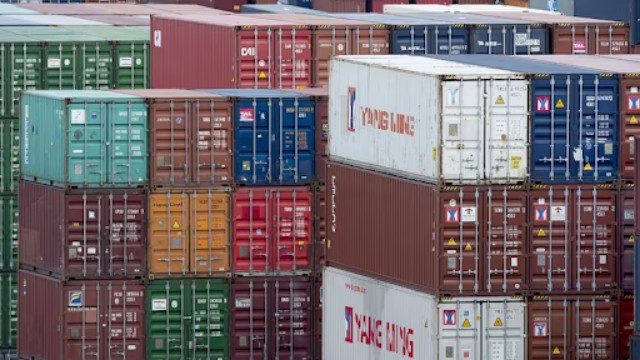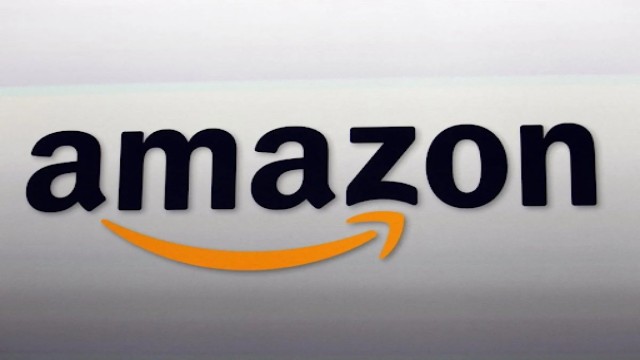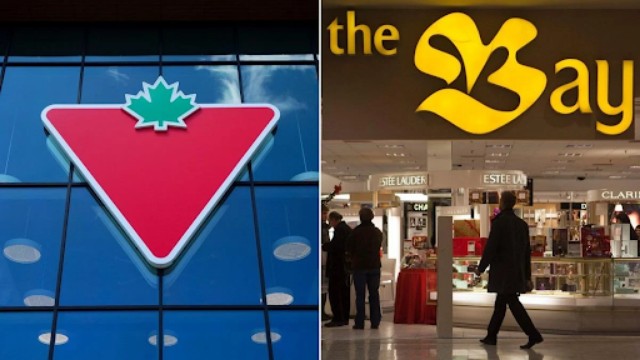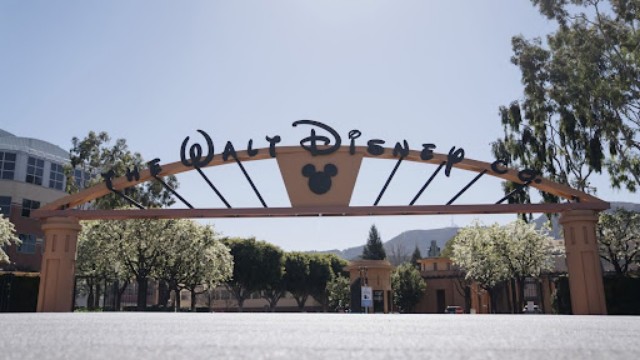
Porter Airlines takes a playful dig at Air Canada's new onboard perks, symbolizing intensified competition in Canada's airline market. Meanwhile, WestJet challenges Flair Airlines with a new budget fare, reshaping traditional rivalries in the industry.
In a humorous online gesture this month, Porter Airlines playfully mocked Air Canada's introduction of complimentary beer, wine, and snacks with a cartoon raccoon raising a cocktail glass. The cheeky social media post jokingly welcomed Air Canada to the club of airlines offering perks in economy class and teased about the possibility of Air Canada adopting a raccoon mascot next.
This light-hearted jab is just one example of how competition in the airline industry is evolving dramatically in Canada. Traditionally dominated by Air Canada and WestJet, the landscape is now witnessing new rivalries and strategic shifts. Porter Airlines, once a regional player limited to the Toronto-Ottawa-Montreal triangle, has rapidly expanded its footprint. Over the past year and a half, Porter has tripled its domestic market share to nearly 10%. What began with turboprop planes for short flights has evolved into a fleet that includes 35 Embraer jets, with plans to add 40 more by 2027.
This aggressive expansion has put Porter directly in Air Canada's path in Ontario and Quebec, prompting Air Canada to respond by offering similar in-flight amenities at no charge and reducing the cost of cocktails to $5, down from $9. Kevin Jackson, Porter's president, sees these moves as evidence that Air Canada views Porter's growth as a genuine competitive threat.
Meanwhile, on the western front, WestJet is grappling with the rise of Flair Airlines. While Flair operates a modest fleet of 20 planes compared to WestJet's 180, its budget-focused strategy has made a significant impact. In response to Flair's challenge, WestJet recently introduced an "ultra-basic" fare option that removes perks like free carry-on bags. This move has sparked a playful exchange online, with Flair joining in the banter to attract customers looking for the lowest fares.
Aviation experts like John Gradek from McGill University view WestJet's strategic shift as a direct confrontation with Flair's growing influence in the market. Flair itself seized opportunities left by Air Canada when it withdrew from numerous regional routes during the COVID-19 pandemic. Conversely, WestJet has retracted services in Eastern Canada to bolster its position in the west, focusing on its strengths in British Columbia and the Prairies.
This strategic realignment isn't unique to WestJet. Air Canada, based in Montreal, has also adjusted its operations, scaling back in the west to concentrate on Central and Eastern Canada. As Porter's market presence expands, it has replaced WestJet as Air Canada's primary competitor on key routes such as Toronto-Halifax and Montreal-Moncton.
Despite these shifts, the airline industry faces challenges. The consolidation of airlines like Lynx Air and Swoop, along with Sunwing Airlines' integration into WestJet's main operations next year, signals a trend toward fewer players in the market. This trend, coupled with a focus on more profitable international routes, has led to a decline in short-haul flight frequencies and an increase in domestic airfares.
Looking ahead, the competitive landscape remains dynamic. Air Canada, WestJet, Porter, and Flair continue to vie for market share on popular routes like Toronto-Vancouver and flights to Florida. The rivalry is fierce, with each carrier adapting strategies to attract passengers and maintain profitability.
In conclusion, while the airline industry in Canada undergoes significant transformations with new rivalries and strategic maneuvers, the competitive spirit remains strong among Air Canada, WestJet, Porter, and Flair. Each airline is navigating changes to market dynamics, aiming to secure its position in a shifting landscape where customer preferences and operational efficiencies play pivotal roles.















